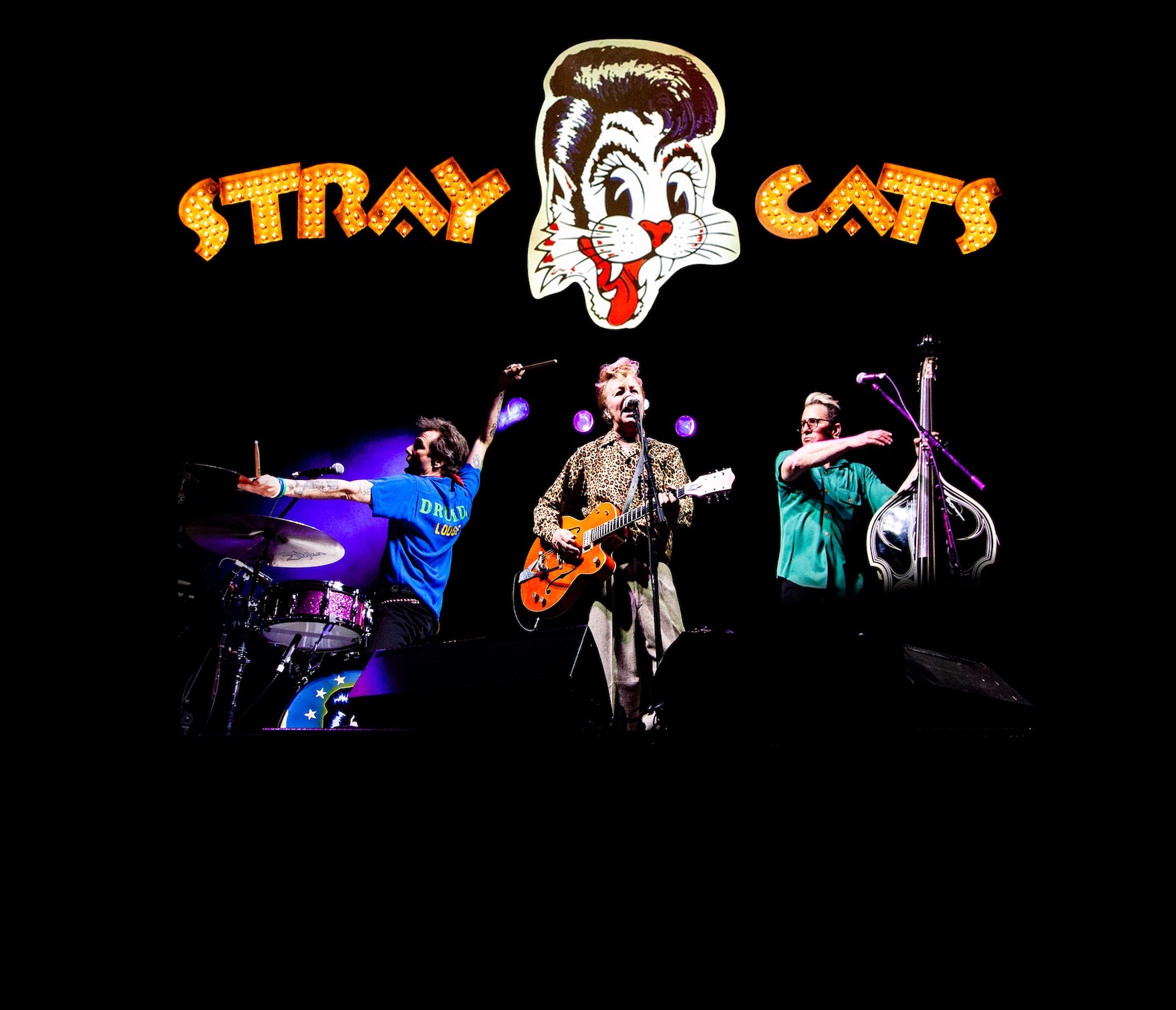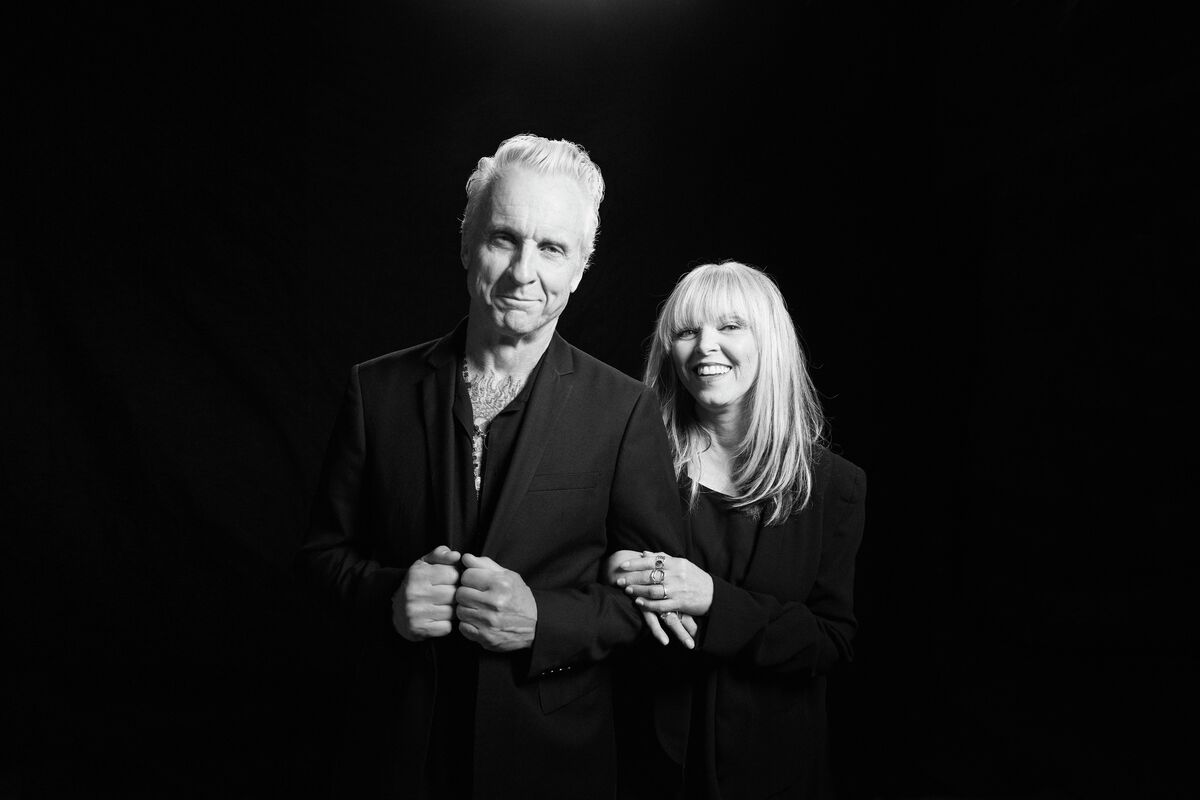Featured News - Current News - Archived News - News Categories
by Dr. Nyathappa Anand
A new study published in the current edition of the journal Neurology reinforces the need for patients who suffer stroke or stroke-like symptoms to seek immediate emergency care.
The study is based on research at the University of Cincinnati that showed approximately 14 percent of all strokes—one out of every seven—strike when individuals are sleeping.
Researchers reviewed the medical records of 1,854 adults who were treated in emergency rooms for ischemic strokes. Ischemic strokes are caused by an obstruction in a blood vessel supplying blood to the brain and account for 87 percent of all stroke cases.
Fourteen percent or 273 of those patients awoke with stroke symptoms. Ninety-eight of them would have been eligible for the clot-busting drug tissue plasminogen activator (tPA) if doctors had been able to positively identify when the stroke started.
Treatment with intravenous tPA has proven to be a safe and effective way to restore blood flow to the brain of a stroke patient if administered within three hours of the onset of stroke symptoms. A patient who suffers strokes symptoms while sleeping often has difficulty identifying just when those symptoms began, making it even more urgent to seek immediate medical attention by calling 911.
Calling 911 triggers an emergency response that almost always results in more timely medical attention. A paramedic or emergency medical technician can check the patient's blood pressure and other vital signs immediately upon arrival and travel with the patient by ambulance to the nearest state-certified primary stroke center, such as the one at Niagara Falls Memorial Medical Center.
While on the way to Memorial's emergency room, ambulance attendants can contact the ER and notify them that a stroke patient is on the way, which gives us a head start in activating the stroke team.
The symptoms of a stroke can sometimes be difficult to identify. A stroke victim may suffer brain damage when people nearby fail to recognize the symptoms.
A bystander can recognize a stroke by asking a victim to:
If they have trouble with any of these tasks, call 911 immediately and describe the symptoms to the dispatcher. You also should call 911 immediately if you suffer or observe any of these warning signs:
When in doubt, get checked out. Your life is too important to leave to chance.
For more information, call my office 278-4615 or visit the American Stroke Association's website at www.strokeassociation.org.
Board certified neurologist Nyathappa Anand, M.D., is medical director of the state-certified stroke center at Niagara Falls Memorial Medical Center.





























